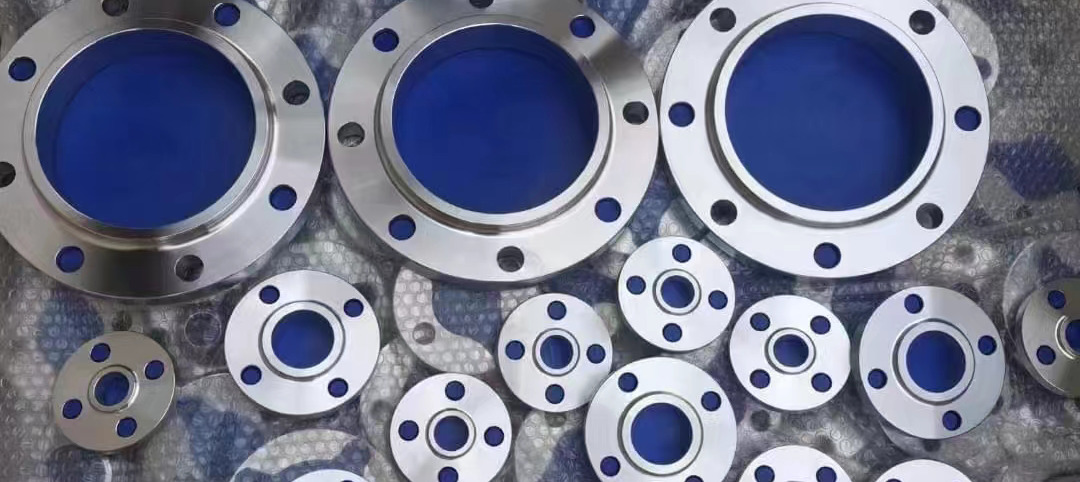Share this
Forged-rolled butt-weld flanges have several key points in their manufacturing and application. When manufacturing flanges using electric welding, the following regulations should be considered, especially when using thick steel plates or channel steels:
1. Ultrasonic inspection should be conducted on the electric-welded flanges to detect and eliminate any layer defects.
2. The steel should be cut into strips along the direction of cold rolling and then welded into a ring shape. The surface of the steel should be cylindrical. Thick steel plates should not be immediately processed into neck-welded flanges.
3. The butt-weld seam of the ring should be fully penetrated.
4. After welding, the butt-weld seam of the ring should undergo post-weld heat treatment. Radiographic or ultrasonic testing should be performed. Radiographic testing should comply with Class II specifications of JB4730, while ultrasonic testing should comply with Class I specifications of JB4730.
Large flanges refer to flanges that exceed the specifications required by relevant national regulatory authorities. Typically, these are flanges with specifications exceeding DN2000. Such products are welded and do not have external threads. Common specifications for flanges with external threads range from DN15 to DN100.
In the national flange standard GB/T9119-2010, the maximum specification is DN2000 for working pressures ranging from 0.25 MPa to 1.5 MPa. For working pressures of 2.5 MPa, the maximum specification is DN800. The production of such flanges should be carried out by the construction unit and involves processes such as calcination, cold rolling, and assembly. Product specifications are only applied during the entire injection molding and assembly process.

